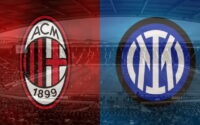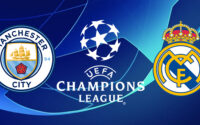Marathon Running: what distance and how much modern marathons run for.
Marathon – how many kilometers are it? The marathon distance, cherished 42 km 195 m (26 miles 385 yards), can rightfully be called the queen in the sports of endurance.
Marathon Running: what distance and how much modern marathons run for
How many kilometers do you need to run to finish on a marathon? The marathon distance, cherished 42 km 195 m (26 miles 385 yards), can rightfully be called the queen in the sports of endurance. Every year, the popularity of the marathon running is only growing, because overcoming such a distance seems to begin by beginners, testing for strength, overcoming themselves, and the marathon has long gone beyond the limits of one athletics discipline.
Judge for yourself whether a lot of participants collect athletics competitions, for example, at a distance of 800 or 3000 meters? Now compare: in 2018, 52,813 people finished at the New York Marathon! However, the marathon remains Olympic discipline, and records set at this distance cause wide discussions.
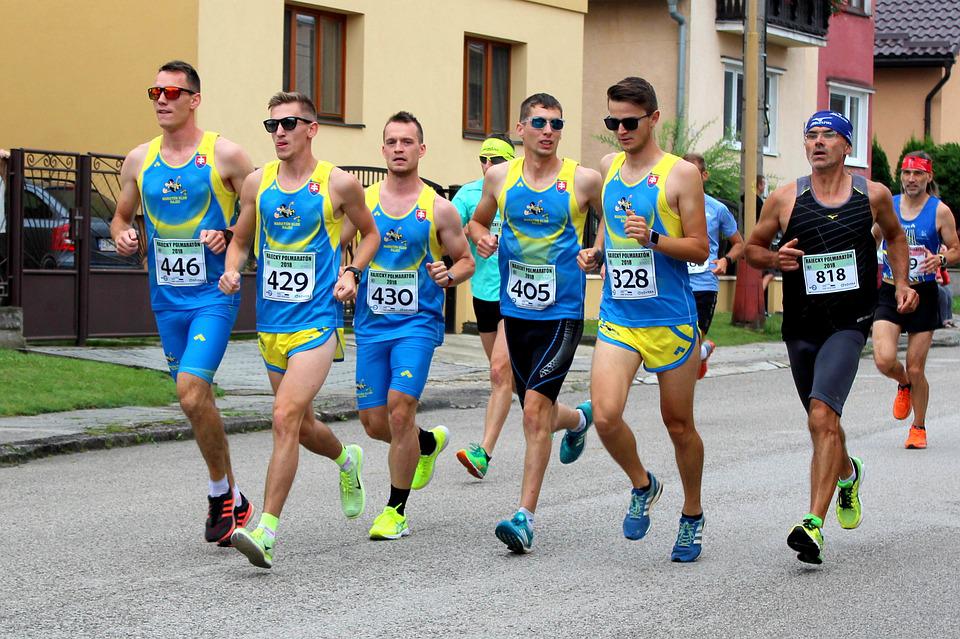
Why is the distance of the marathon 42.195 km?
People often ask such a question, noticing the next announcements or news about the marathon, but not passionate about the marathon running. The answer lies in the ancient Greek legend, telling about the confrontation of the Greeks and Persians in 490 BC. e. And the marathon is located about 42 km from the capital of Greece Athens City, next to which the battle took place, which became the victorious for the Greeks.
The Fidippid Warrior was sent to the capital to report the victory of the Greeks in the war. Exhausted, he ran 42 km without stopping and, reaching Athens, only managed to shout: “Rejoice, Athenians, we won!”, After which he fell dead. Currently, more than 5 thousand athletes run along this route and become finishers of the Athenian classic marathon – one of the most difficult on the highway.
It should be noted that in 1896, when in Athens at the first Olympic Games of our time, for the first time in the history of modern sports, competitions in marathon run were held, the International Olympic Committee measured the length of the distance from the battlefield to Athens, and it turned out to be 34.5 km (according to some sources – 40 km). It was such a distance that was approved at those games. The winner – the Greek Aquarron Spiridon Luis – ran with the result of 2:58:50.
The well -known 42 km 195 m were officially installed in 1921. It is interesting that the runners of such a distance owe the British royal family: at the 1908 Olympics, the starting gate was specially transferred so that it was comfortable to observe competitions from the windows of the Windsor Castle.
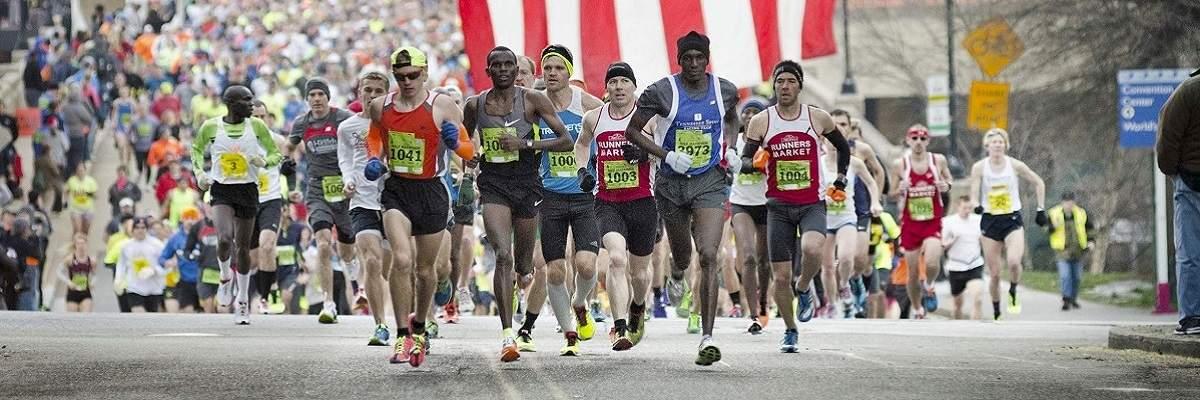
How a marathon run went beyond the Olympic discipline
Marathon run has gained wide popularity and it is not surprising that in the present, a marathon is not only classic 42.195 km along the highway.Sports organizations compete with each other in order to surprise the runners even more, arranging marathons in deserts, in the ice of Antarctica, along the Great Chinese Wall and even at the Basic Camp of Everest.
The marathon himself has acquired “brothers”, which is no less popular: the half marathon 21 km 97.5 m, a super marathon or an ultramarathon, a quarter-marathon 10.55 km, a triathlon, the last stage of which consists of a marathon distance.
To date, the most famous marathons that focused on themselves the main attention of the running public are the marathons of the Big Six or Majora – World Marathon Majors. This prestigious series includes the Tokyo, London, Boston, Berlin, Chicago and New York marathons. Due to the large number of people who want to join the world event, the organizers of some “Majors” are forced to allow participants to start through a lottery or qualification standards. The prize fund on prestigious and massive races is impressive, and therefore they become the route of the battle of the fastest people of the planet and the field for the records amazing.

Records in marathon running: how much do modern runners run for the marathon?
The goal of most lovers is to exchange 4 hours on the marathon. The average time for overcoming the distance goes beyond these 4 hours: for example, for men it is equal to at least 4 hours 15 minutes, and for women – 4 hours 40 minutes.
Mecca for the record holders is the Marathon route in Berlin, which is known for the lack of relief and the season with comfortable temperatures (the first Sunday of November). Elite athletes usually run after pacemakers – runners setting the pace of movement.
The world record among men 2:01:39 was set in Berlin on September 16, 2018. Its author is 34-year-old Kenyan runner Eliud Kipchoga. Before him, on the same highway, another Kenyz Dennis Kimmeto ran a distance on 2:02:57 PM. His record lasted 4 years. In general, Kenytsy and Ethiopes dominate the marathon and half marathon: it is they who own the impressive part of the records.
If you look at female statistics, then for women the route of the Berlin marathon is not favored by records. The five fastest results were shown on the London and Dubai marathons. For a long time, since 2003, the record holder is a European athlete – British Paul Radcliffe (2:15:25). The resulting result belongs to the Kenyan athlete Mary Keitani (2:17:01).
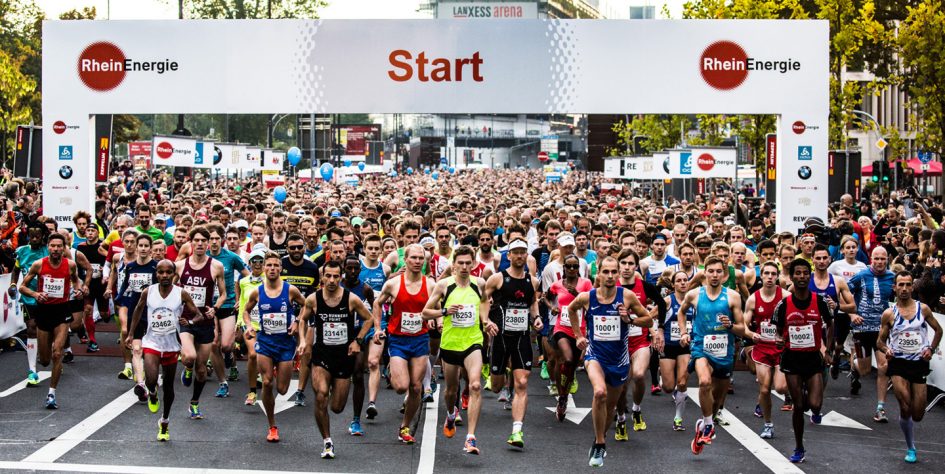
Surely, the interests were heard that Eliud Kipchog did not have enough 25 seconds to overcome a two -hour barrier. Indeed, on May 6, 2017, as part of the Breaking2 project from Nike, Kipchog ran a marathon distance in 2 hours and 25 seconds, but as a record this result was not ratified, since the race did not comply with the standards of the International Association of Athletics Federations.
Ready to run your first marathon? Then it's time to start preparing! Perhaps, over time, you will even be able to fulfill the discharge standards for running. If your running experience is short, then the main rule for you is to take your time and start small, training systematically. To avoid injuries and general discomfort on the course, plan your first marathon start no earlier than after a year of running.


